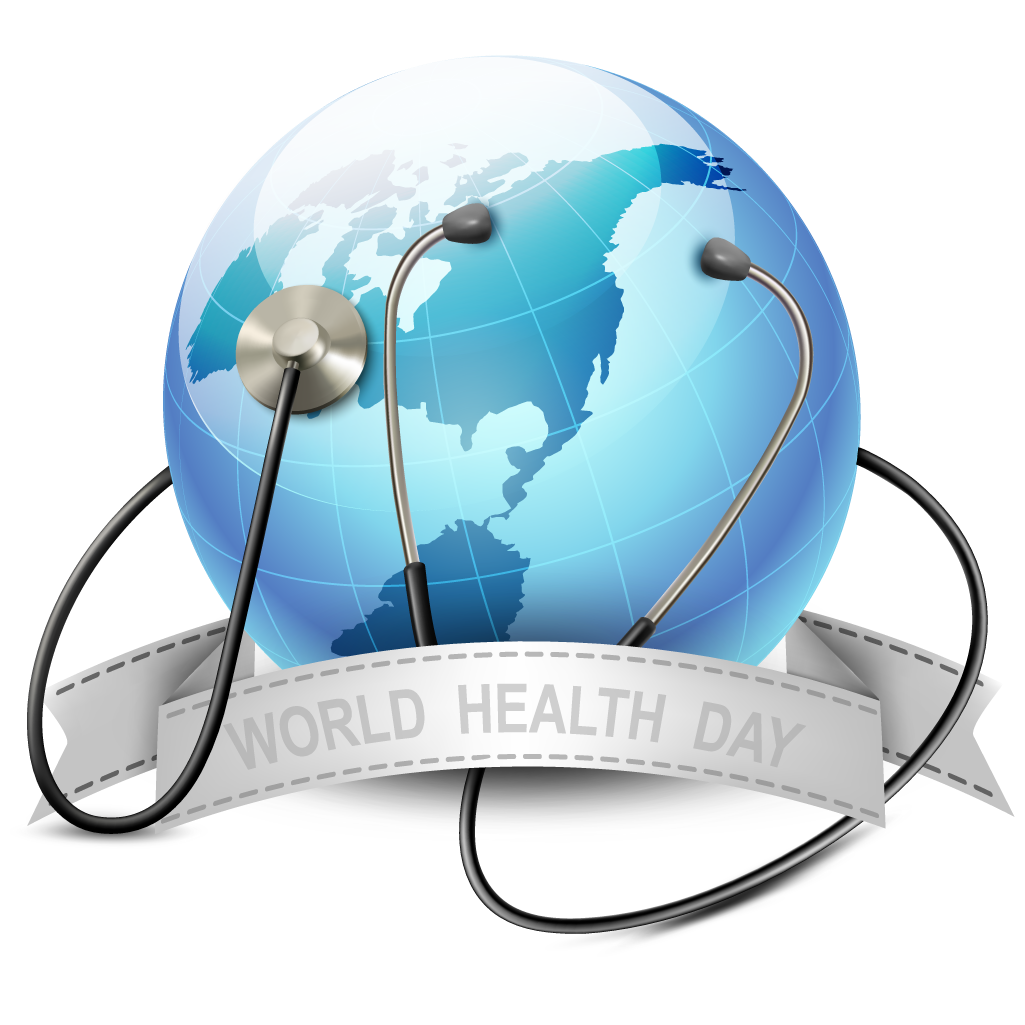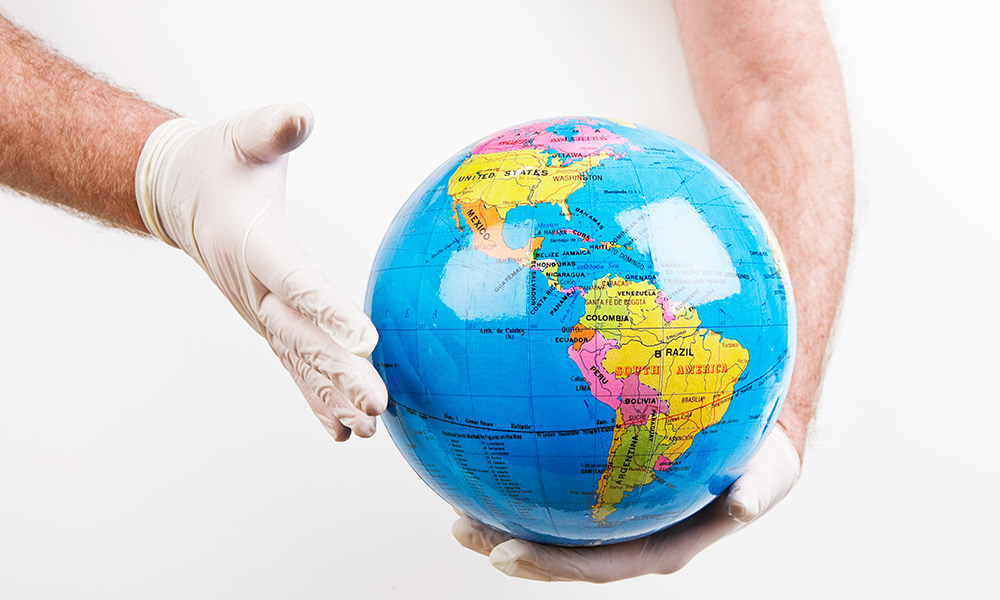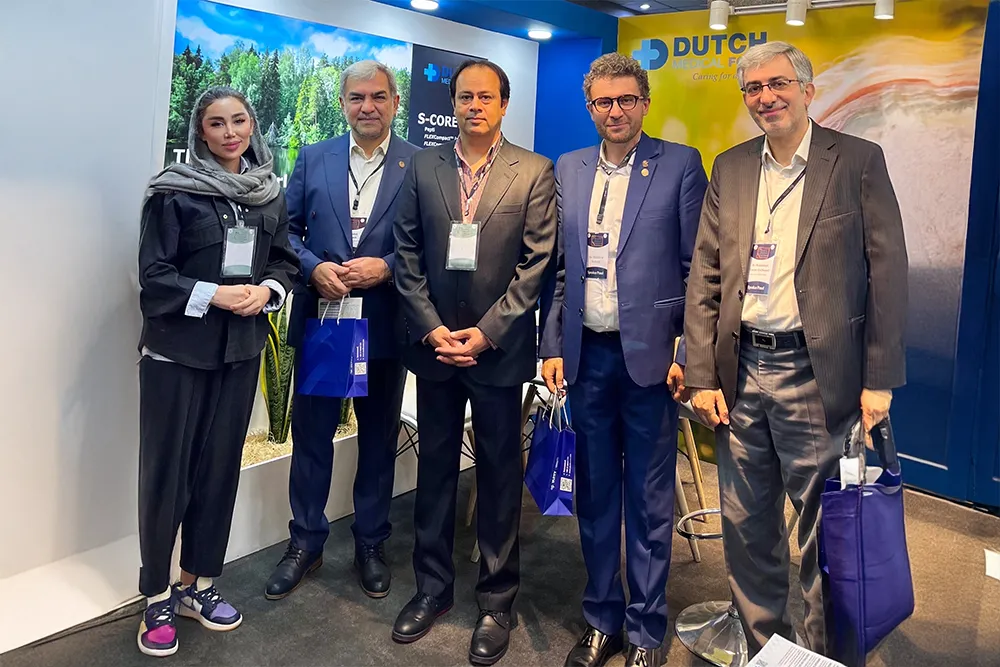April 7 of each year marks the celebration of World Health Day. From its inception at the First Health Assembly in 1948 and since taking effect in 1950, the celebration has aimed to create awareness of a specific health theme to highlight a priority area of concern for the World Health Organization.
Over the past 50 years this has brought to light important health issues such as mental health, maternal and child care, and climate change.

Our world is an unequal one.
As COVID-19 has highlighted, some people are able to live healthier lives and have better access to health services than others – entirely due to the conditions in which they are born, grow, live, work and age.
All over the world, some groups struggle to make ends meet with little daily income, have poorer housing conditions and education, fewer employment opportunities, experience greater gender inequality, and have little or no access to safe environments, clean water and air, food security and health services. This leads to unnecessary suffering, avoidable illness, and premature death. And it harms our societies and economies.
This is not only unfair: it is preventable. That’s why we are calling on leaders to ensure that everyone has living and working conditions that are conducive to good health. At the same time we urge leaders to monitor health inequities, and to ensure that all people are able to access quality health services when and where they need them.
COVID-19 has hit all countries hard, but its impact has been harshest on those communities which were already vulnerable, who are more exposed to the disease, less likely to have access to quality health care services and more likely to experience adverse consequences as a result of measures implemented to contain the pandemic.

Building a fairer, healthier world for everyone
This World Health Day, we’re calling for action to eliminate health inequities, as part of a year-long global campaign to bring people together to build a fairer, healthier world. The campaign highlights WHO’s constitutional principle that “the enjoyment of the highest attainable standard of health is one of the fundamental rights of every human being without distinction of race, religion, political belief, economic or social condition.”
Facts and Figures:
- For the first time in 20 years, global poverty levels are predicted to rise and hinder the progress towards the Sustainable Development Goals
- Up to 60% of people living in some countries of the Region lack coverage with essential health services
- More than 1 billion people living in informal settlements or slums are facing increased challenges in preventing infection and transmission of the coronavirus
- The Asia-Pacific region as a whole account for nearly 82.5 million or 32% of the world’s international migrants
- 5.9 million children in the Asia-Pacific Region are at risk of not returning back to school due to the disruption to education and the economic impact of the pandemic
- 52% of the Asia-Pacific population remains unconnected to the internet
Prepared : Negin Ghafouri – Biomedical Engineering Student
Source : www.who.int



